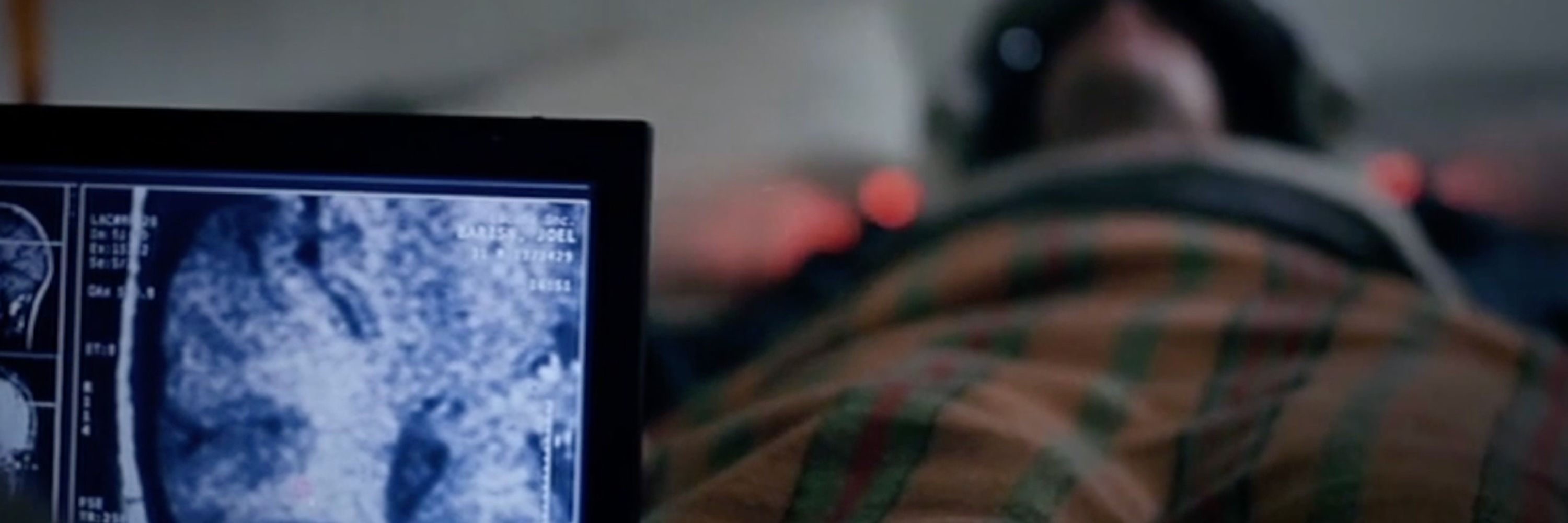Jamal A. Williams
@jayneuro.bsky.social
67 followers
54 following
20 posts
Interested in understanding the neural mechanisms underlying music cognition via neuroimaging and computational modeling
Neuroscience PhD from Princeton
Neuroscience Postdoc at MIT
https://scholar.google.co.uk/citations?user=RjmK2NgAAAAJ&hl=en
Posts
Media
Videos
Starter Packs






